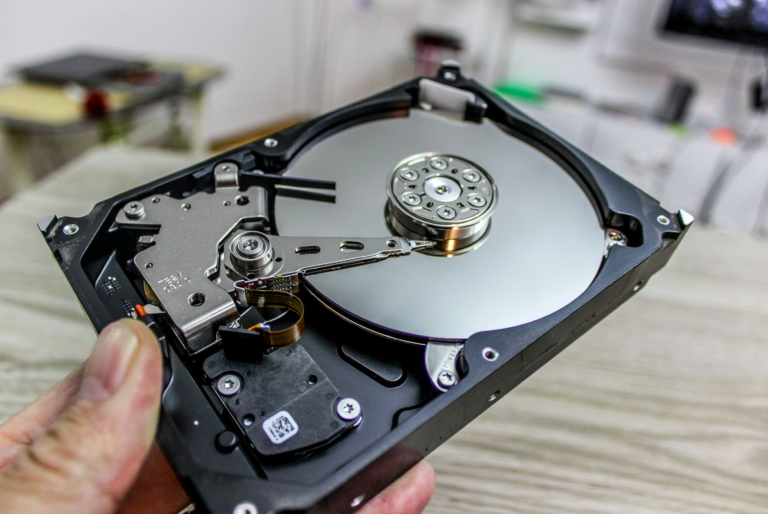AI in Agriculture: Improving Crop Yields with Predictive Analytics
In an era where technology is reshaping every industry, agriculture stands to benefit immensely from the advancements in Artificial Intelligence (AI). With the global population rising and arable land decreasing, the demand for efficient and sustainable farming practices is more pressing than ever. Enter predictive analytics—a powerful AI tool poised to revolutionize agriculture by improving crop yields, enhancing resource management, and ensuring food security.
The Role of AI in Modern Agriculture
AI technology in agriculture is not a futuristic concept; it’s already being implemented across various farming practices, providing farmers with insightful data to make informed decisions. The integration of AI tools such as machine learning algorithms, computer vision, and predictive analytics is driving the agricultural sector towards greater efficiency and sustainability.
Understanding Predictive Analytics in Agriculture
Predictive analytics involves using data, statistical algorithms, and machine learning techniques to identify the likelihood of future outcomes based on historical data. In agriculture, this means analyzing data from various sources such as weather patterns, soil conditions, and crop health to predict future trends and optimize farming practices. This approach helps farmers anticipate potential issues, mitigate risks, and make proactive decisions.
Benefits of Using Predictive Analytics in Agriculture
Implementing predictive analytics in agriculture offers numerous benefits that can significantly enhance crop productivity and sustainability. Here are some key advantages:
1. Enhanced Crop Yield Prediction
By leveraging historical data and real-time information, predictive analytics can accurately forecast crop yields. This enables farmers to adjust their strategies, such as altering planting schedules or optimizing irrigation, to maximize output. Research shows that farms using predictive analytics have seen a 20% increase in crop yields.
2. Efficient Resource Management
Predictive models can optimize the use of resources such as water, fertilizers, and pesticides. For instance, by analyzing soil moisture data and weather forecasts, farmers can determine the optimal times for irrigation, reducing water waste by up to 30%. This not only conserves resources but also cuts costs.
3. Early Pest and Disease Detection
AI-driven analytics can identify patterns that indicate the presence of pests or diseases before they become widespread. By intervening early, farmers can prevent significant crop losses, saving up to $12 billion annually in the U.S. alone due to pest-related damages.
Real-World Examples of AI in Agriculture
Several companies and organizations are at the forefront of integrating AI into agriculture. Here are a few notable examples:
IBM’s Watson Decision Platform for Agriculture
IBM’s platform uses AI to provide farmers with insights into weather patterns, crop health, and supply chain logistics. By combining data from drones, satellites, and IoT devices, farmers can make data-driven decisions to enhance productivity.
John Deere’s Precision Agriculture Technology
John Deere, a leader in agricultural machinery, uses AI to enhance precision farming. Their equipment is equipped with sensors and GPS technology to collect data, which is then analyzed to improve planting, spraying, and harvesting practices, reducing input costs by 15%.
How to Implement Predictive Analytics in Your Farm
For farmers looking to incorporate predictive analytics into their operations, here are some actionable steps:
Invest in the Right Technology
Begin by investing in modern technology such as IoT sensors, drones, and satellite imagery to collect accurate data. These tools are crucial for gathering the information needed for predictive analysis.
Partner with Tech Providers
Collaborate with technology providers that specialize in AI solutions for agriculture. Companies like Climate Corporation and Granular offer platforms that integrate data analytics into everyday farming practices.
Train Your Team
Ensure that your team is trained in using new technologies and interpreting data. Understanding how to analyze and act on predictive insights is key to maximizing the benefits of AI in agriculture.
Challenges and Future Outlook
While the potential of AI in agriculture is immense, there are challenges to consider, such as data privacy concerns, high initial costs, and the need for technical expertise. However, as technology advances and becomes more accessible, these challenges are expected to diminish.
The future of agriculture lies in the successful integration of AI and predictive analytics. By harnessing this technology, farmers can achieve unprecedented levels of efficiency and sustainability, ensuring food security for generations to come.
Conclusion
AI and predictive analytics are transforming agriculture, offering solutions to some of the industry’s most pressing challenges. By improving crop yields, optimizing resource use, and enhancing pest and disease management, these technologies are paving the way for a more sustainable and productive future in farming. As farmers embrace these innovations, they not only boost their own productivity but also contribute to global food security. The time to invest in AI-driven agriculture is now, and the benefits are as vast as the fields they cultivate.


